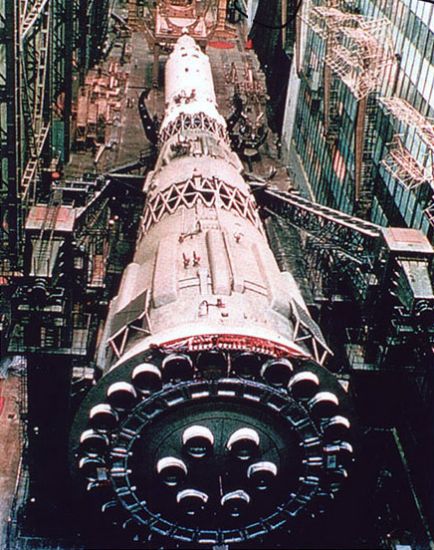E
EarthlingX
Guest
Orbital assembly is not such a piece of cake, because there was not enough development done. Instead of more SRBs they could also make architecture based on Common Booster Core, like everyone else in their evolution plans. They are proposing upgrading Ariane, because they assume only one launch pad.RVHM":22iujjmz said:But why would they want to use (for example) three 50-tonne launches instead of eight 20-tonne launches? If orbital assembly is such a piece of cake and LOM don't rise, they surely would prefer not to stick more SRB's to the existing Ariane. Tell me then, why do they propose upgrading Ariane instead of making do with what they have?
How long would than run be with politics designing and paying for 1B$+ launches ? One per year ?RVHM":22iujjmz said:Yes, once the "untested" rocket has been tested, it will be less risky in the long run. The EELV's were also "untested" at the beginning, yet they were designed, built and flown and now they are very useful.EarthlingX":22iujjmz said:More efficient and less riskier with new untested rocket for which there is no money and no market demand ? How did you get to that ?
How many 20t launches were this year in USA, not counting STS ?
EELV's are based on older rockets, they have evolutionary path which builds on marketable infrastructure, which gets improved to add capability.
What benefit to industry is having a Super Heavy Launcher if there is no market for it ? What kind of technology transfer would you expect from that ?
It is much easier to answer what kinds of benefits you get from orbital assembly, orbital fuel transfer, orbital servicing, radiation protection, closed loop environments, ISRU, ..
You can dream big and keep dreaming, or take little things and make the most of it - not that i think technology advances, which are holding back anything beyond LEO are little things. They are big things, but would cost less than HLV which nobody but politics needs. That's why they even design it on their own




